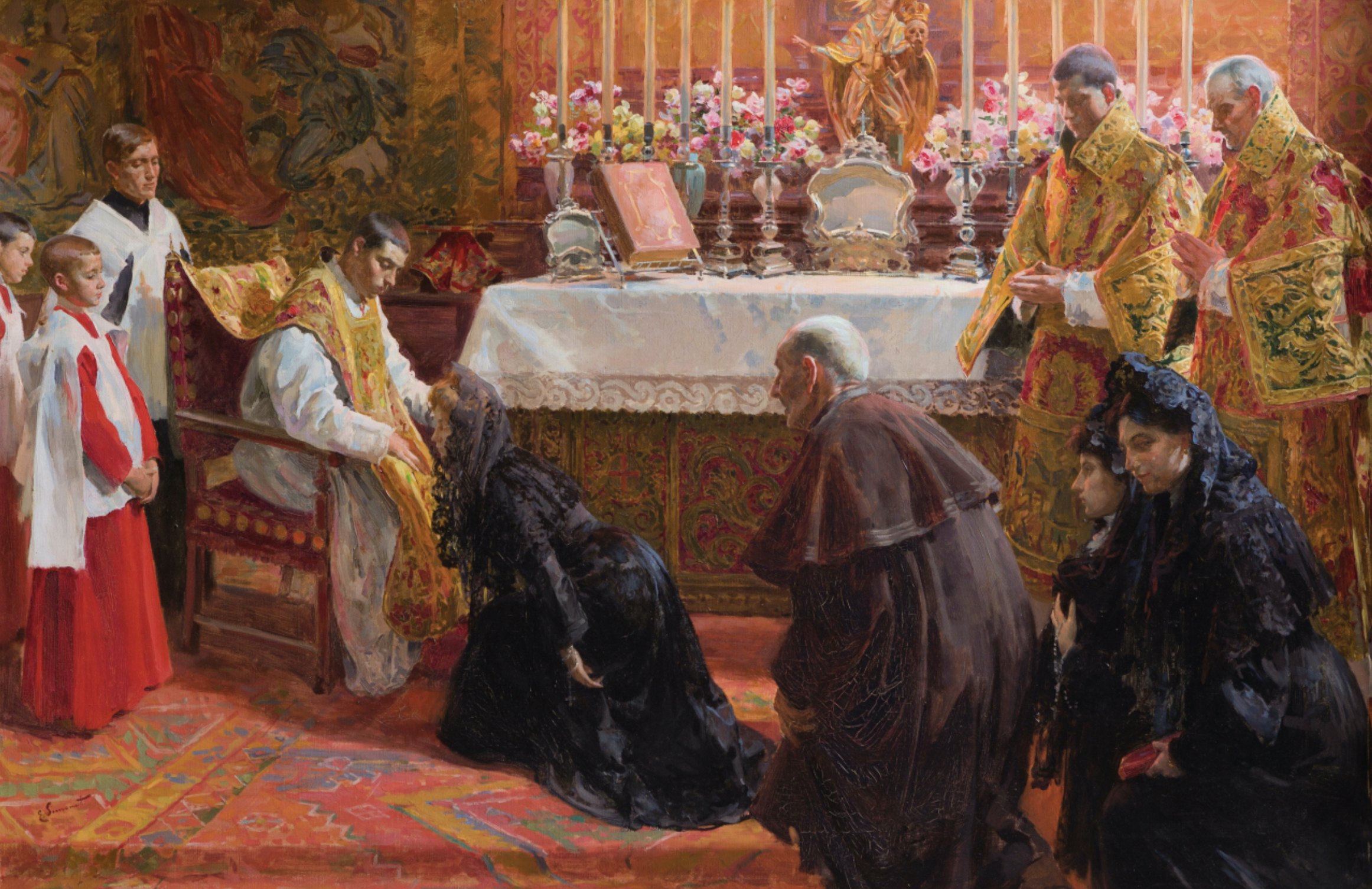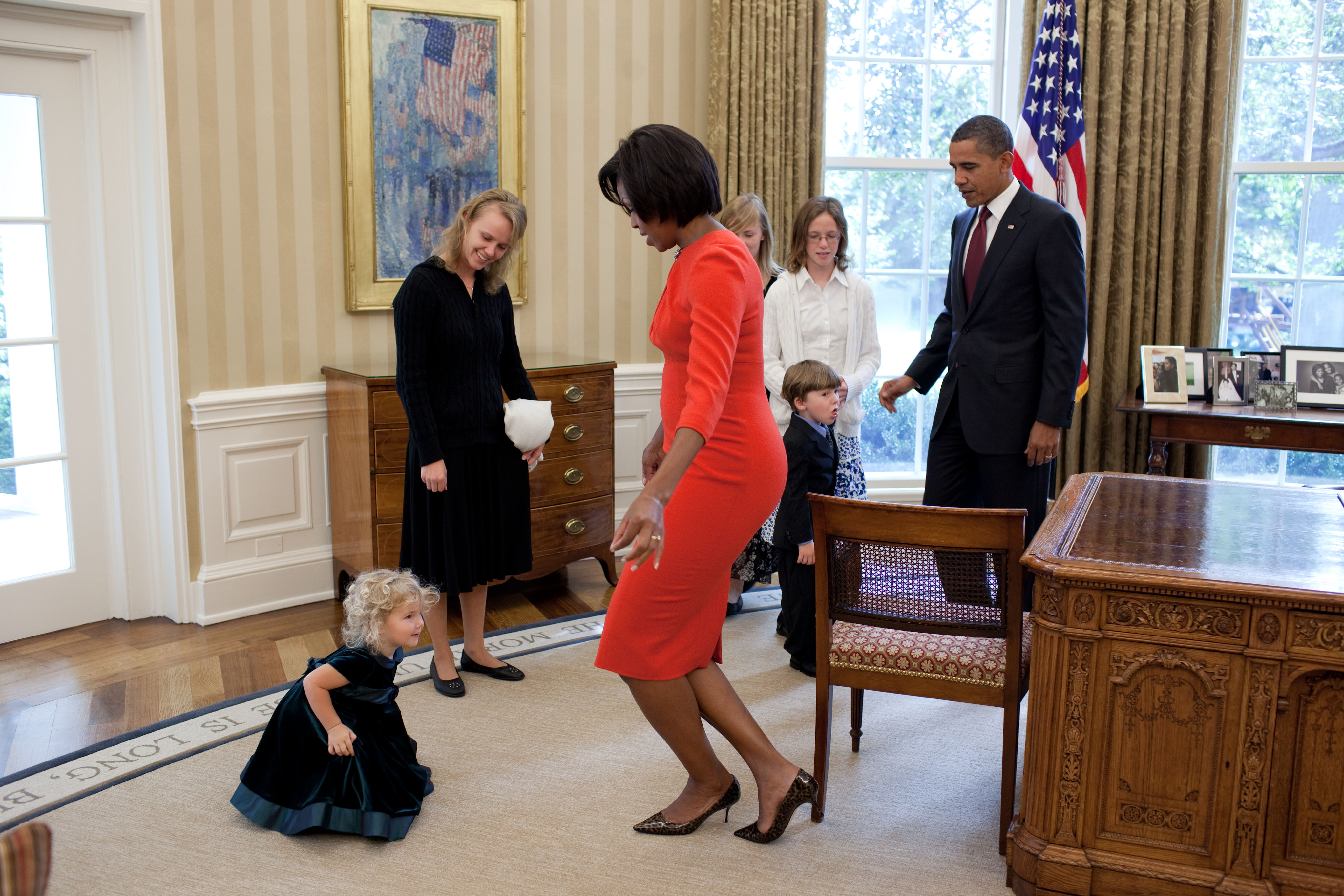|
Bowing
Bowing (also called stooping) is the act of lowering the torso and Human head, head as a social gesture in direction to another person or symbol. It is most prominent in Asian cultures but it is also typical of nobility and aristocracy in many European countries. It is also used in religious contexts, as a form of worship or veneration. Sometimes the gesture may be limited to lowering the head such as in Indonesia, and in many cultures several degrees of the lowness of the bow are distinguished and regarded as appropriate for different circumstances. It is especially prominent in Culture of Nepal, Nepal, Culture of India, India, Culture of Cambodia, Cambodia, Culture of Thailand, Thailand, Culture of Laos, Laos, Culture of Vietnam, Vietnam, Chinese culture, China, Korean culture, Korea, and Japanese culture, Japan, where it may be executed standing or kneeling. Some bows are performed equally by two or more people while others are unequal – the person bowed to either does not b ... [...More Info...] [...Related Items...] OR: [Wikipedia] [Google] [Baidu] |
Genuflection
Genuflection or genuflexion is the act of bending a knee to the ground, as distinguished from kneeling which more strictly involves both knees. From early times, it has been a gesture of deep respect for a superior. Today, the gesture is common in the Christian religious practices of the Anglicanism, Lutheranism, the Catholic Church, and Western Rite Orthodoxy. The Latin word , from which the English word is derived, originally meant kneeling with both knees rather than the rapid dropping to one knee and immediately rising that became customary in Western Europe in the Middle Ages. It is often referred to as "going down on one knee" or "bowing the knee". In Western culture: * one genuflects on the left knee to a human dignitary, whether ecclesiastical or civil; * in Christian churches and chapels, one genuflects on the right knee when the Eucharist, Sacrament is not exposed but in a church tabernacle, tabernacle or veiled. Conversely, one kneels with both knees if the Sacrament i ... [...More Info...] [...Related Items...] OR: [Wikipedia] [Google] [Baidu] |
Curtain Call
A curtain call (often known as a walkdown or a final Bowing, bow) occurs at the end of a performance when one or more performers return to the stage to be recognized by the audience for the performance. In musical theatre, the performers typically recognize the orchestra and its Conducting, conductor at the end of the curtain call. Luciano Pavarotti holds the record for receiving 165 curtain calls, more than any other artist, for his February 24, 1988, performance of Nemorino in Gaetano Donizetti, Gaetano Donizetti's ''L'elisir d'amore''. In film and television In film and television, the term "curtain call" is used to describe a sequence at the end of the film and before the closing credits, in which brief clips, stills, or Outtake, outtakes featuring each main character are shown in sequence with the actor's name captioned. This sequence results in a similar individual recognition of each actor by the audience as would occur in a stage curtain call. This is not common, but w ... [...More Info...] [...Related Items...] OR: [Wikipedia] [Google] [Baidu] |
Hand-kissing
Hand-kissing is a greeting gesture that indicates courtesy, politeness, respect, admiration, affection or even devotion by one person toward another. A hand-kiss is considered a respectful way for a gentleman to greeting, greet a lady. Today, non-ritual hand-kissing is rare and takes place mostly within conservative class or diplomatic contexts. Today, the hand kiss has largely been replaced by a cheek kissing, kiss on the cheek or a handshake. A non-ritual hand-kiss can be initiated by the lady, who would hold out her right hand with the back of the hand facing upward; or by the gentleman extending his right hand with the palm facing upward to invite the lady to put her right hand lightly on it facing downward. The gentleman may bow towards the offered hand and (often symbolically) would touch her knuckles with his lips, while lightly holding the offered hand. However, the lips do not actually touch the hand in modern tradition, especially in a formal environment where any intim ... [...More Info...] [...Related Items...] OR: [Wikipedia] [Google] [Baidu] |
Curtsy
A curtsy (also spelled curtsey or incorrectly as courtsey) is a traditional gendered gesture of greeting, in which a girl or woman bends her knees while bowing her head. In Western culture it is the feminine equivalent of bowing by males, although men will commonly curtsy in some churches as a simplified genuflection. Miss Manners characterizes its knee bend as deriving from a "traditional gesture of an inferior to a superior." The word "curtsy" is a phonological change from "courtesy" known in linguistics as syncope. Overview According to Desmond Morris, the motions involved in the curtsy and the bow were similar until the 17th century, and the sex differentiation between the actions developed afterwards. The earlier, combined version is still performed by Restoration comedy actors. In more formal variants of the curtsy, the girl/woman bends the knees outward (rather than straight ahead), often sweeping one foot behind her. She may also use her hands to hold her skirt ou ... [...More Info...] [...Related Items...] OR: [Wikipedia] [Google] [Baidu] |
Kneeling
Kneeling is a basic human position where one or both knees touch the ground. According to Merriam-Webster, kneeling is defined as "to position the body so that one or both knees rest on the floor". Kneeling with only one knee, and not both, is called genuflection. Kneeling is a primate behavior used to convey deference by making the figure that is kneeling appear smaller than the other. Primates themselves establish a dominance hierarchy (or "pecking order") which is important to the survival and behavior of the group. Chimpanzees, for example, have a complex social group that involves a dominant male and a corresponding female, to whom the other males and the Juvenile (organism), juvenile chimps are submissive. Males who threaten the hierarchy are often severely injured or killed; in some instances, the use of submissive behavior is necessary to ensure survival. Religion Humans have inherited the custom of submissive behavior, and kneeling has become prevalent in religious pra ... [...More Info...] [...Related Items...] OR: [Wikipedia] [Google] [Baidu] |
Handshake
A handshake is a globally widespread, brief greeting or parting tradition in which two people grasp one of each other's hands, and in most cases, it is accompanied by a brief up-and-down movement of the grasped hands. Customs surrounding handshakes are specific to cultures. Different cultures may be more or less likely to shake hands, or there may be different customs about how or when to shake hands.Fist bump can pound out flu transmission __TOC__ History The handshake may have originated in prehistory as a demonstration of peaceful intent, since it shows that the hand holds no weapon. Another possibility is that it originated as a symbolic gesture of mutual commitment to an oath or promise: two hands clasping each other represents the sea ...[...More Info...] [...Related Items...] OR: [Wikipedia] [Google] [Baidu] |
Prostration
Prostration is the gesture of placing one's body in a reverentially or submissively prone position. Typically prostration is distinguished from the lesser acts of bowing or kneeling by involving a part of the body above the knee, especially the hands, touching the ground. Major world religions employ prostration as an act of submissiveness or worship to an entity or to the God, Supreme Being (i.e. God), as in the ''Metanoia (theology), metanoia'' in Christian prayer used in the Eastern Orthodox and Oriental Orthodox Churches, and in the ''sujud'' of the Islamic prayer, ''salat''. In various cultures and traditions, prostrations are similarly used to show respect to rulers, civil authorities and social elders or superiors, as in the Culture of China, Chinese kowtow or Ancient Greek ''proskynesis''. The act has often traditionally been an important part of religious, civil and traditional rituals and ceremonies, and remains in use in many cultures. Traditional religious practi ... [...More Info...] [...Related Items...] OR: [Wikipedia] [Google] [Baidu] |
Different Kinds Of Bows In Eo
Different may refer to: Music * "Different", a song by Cass Elliot from the soundtrack of the 1970 film ''Pufnstuf (film), Pufnstuf'' * ''Different (Thomas Anders album), Different'', a 1989 album by Thomas Anders * ''Different (Kate Ryan album), Different'', a 2002 album by Kate Ryan * "Different", a song by Egypt Central from their Egypt Central (album), eponymous 2005 album * "Different", a song by Acceptance (band), Acceptance from the 2005 album ''Phantoms (Acceptance album), Phantoms'' * "Different", a 2006 song by Jamie Shaw (singer), Jamie Shaw * "Different", a song by Dreamscape from the 2007 album ''5th Season'' * "Different", a song by Pendulum from the 2008 album ''In Silico (Pendulum album), In Silico'' * "Different", a song by Ximena Sariñana from the 2011 album Ximena Sariñana (album), Ximena Sariñana * "Different (Robbie Williams song), Different", a 2012 song by Robbie Williams * "Different", a song by No Malice from the 2013 album ''Hear Ye Him'' * "Different", ... [...More Info...] [...Related Items...] OR: [Wikipedia] [Google] [Baidu] |
Japanese Culture
Japanese culture has changed greatly over the millennia, from the country's prehistoric Jōmon period, to its contemporary modern culture, which absorbs influences from Asia and other regions of the world. Since the Jomon period, ancestral groups like the Yayoi period, Yayoi and Kofun period, Kofun, who arrived to Japan from Korea and China, respectively, have shaped Japanese culture. Rice cultivation and centralized leadership were introduced by these groups, shaping Japanese culture. Chinese dynasties, particularly the Tang dynasty, have influenced Japanese culture throughout history and brought it into the Sinosphere. After 220 years of isolation, the Meiji era opened Japan to Western influences, enriching and diversifying Japanese culture. Japanese popular culture, Popular culture shows how much contemporary Japanese culture influences the world. Identity There are two competing hypotheses that try to explain the lineage of the Japanese people. The first hypothesis p ... [...More Info...] [...Related Items...] OR: [Wikipedia] [Google] [Baidu] |
George Washington
George Washington (, 1799) was a Founding Fathers of the United States, Founding Father and the first president of the United States, serving from 1789 to 1797. As commander of the Continental Army, Washington led Patriot (American Revolution), Patriot forces to victory in the American Revolutionary War against the British Empire. He is commonly known as the Father of the Nation for his role in bringing about American independence. Born in the Colony of Virginia, Washington became the commander of the Virginia Regiment during the French and Indian War (1754–1763). He was later elected to the Virginia House of Burgesses, and opposed the perceived oppression of the American colonists by the British Crown. When the American Revolutionary War against the British began in 1775, Washington was appointed Commanding General of the United States Army, commander-in-chief of the Continental Army. He directed a poorly organized and equipped force against disciplined British troops. Wa ... [...More Info...] [...Related Items...] OR: [Wikipedia] [Google] [Baidu] |
Governor Of New South Wales
The governor of New South Wales is the representative of the monarch, King Charles III, in the state of New South Wales. In an analogous way to the governor-general of Australia, Governor-General of Australia at the national level, the governors of the Australian states, Governors of the Australian States perform constitutional and ceremonial functions at the state level. The governor is appointed by the monarch on the Advice (constitutional), advice of the Premier of New South Wales, and serves in office for an unfixed period of time—known as serving ''At His Majesty's pleasure''—though five years is the general standard of office term. The current governor is retired judge Margaret Beazley, who succeeded David Hurley on 2 May 2019. The office has its origin in the 18th-century colonial governors of New South Wales upon its settlement in 1788, and is the oldest continuous institution in Australia. The present incarnation of the position emerged with the Federation of Austra ... [...More Info...] [...Related Items...] OR: [Wikipedia] [Google] [Baidu] |
House Of Commons Of The United Kingdom
The House of Commons is the lower house of the Parliament of the United Kingdom. Like the upper house, the House of Lords, it meets in the Palace of Westminster in London, England. The House of Commons is an elected body consisting of 650 members known as Member of Parliament (United Kingdom), members of Parliament (MPs), who are elected to represent United Kingdom constituencies, constituencies by the First-past-the-post voting, first-past-the-post system and hold their seats until Dissolution of the Parliament of the United Kingdom, Parliament is dissolved. The House of Commons of England began to evolve in the 13th and 14th centuries. In 1707 it became the House of Commons of Great Britain after the Acts of Union 1707, political union with Scotland, and from 1801 it also became the House of Commons for Ireland after the Acts of Union 1800, political union of Great Britain and Ireland. In 1922, the body became the House of Commons of the United Kingdom of Great Britain and No ... [...More Info...] [...Related Items...] OR: [Wikipedia] [Google] [Baidu] |











